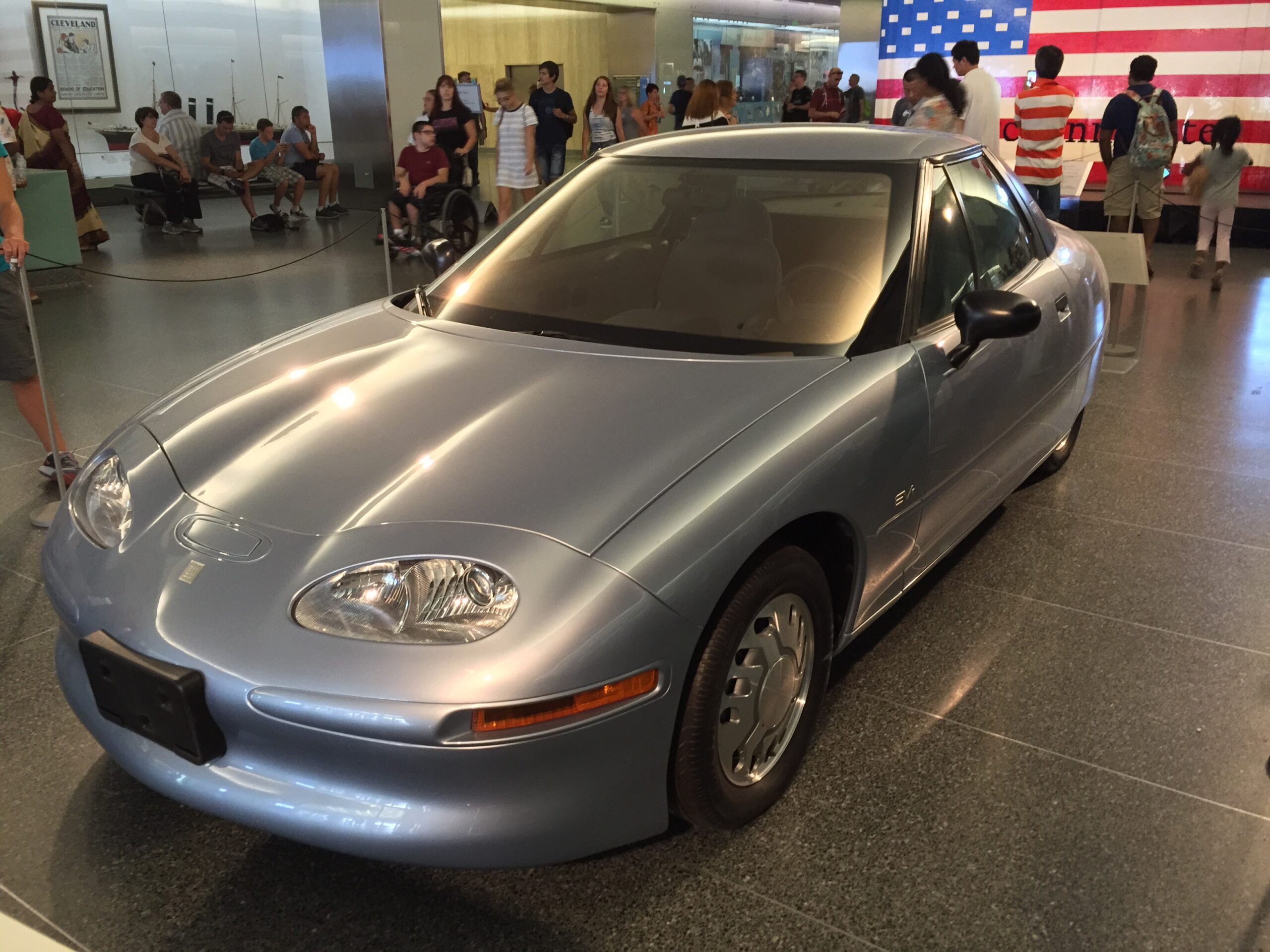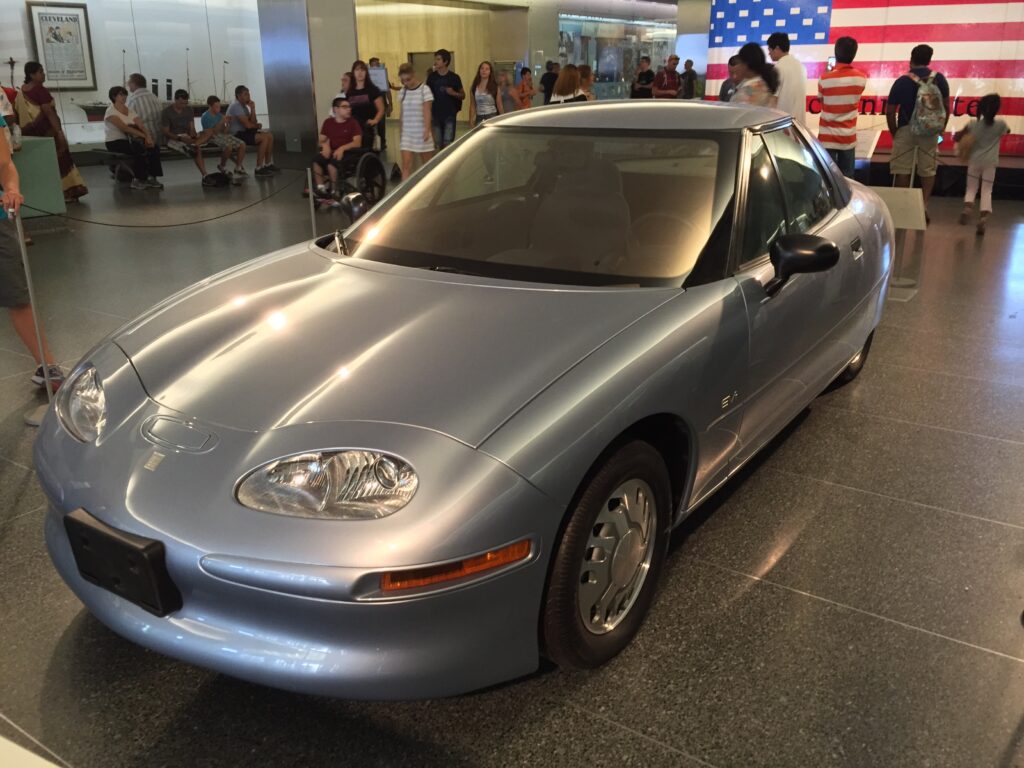
This site uses income-earning affiliate links. When you click a link to a product on this website and make a purchase, I may receive a commission.
This just feels like a good first episode. It’s weird and kinda obscure but also currently relevant even 20+ years later. It’s a car of contradictions, a success by some measures but a failure by others.
What makes the EV1 interesting?
The EV1 was arguably the first modern battery electric vehicle. Introduced for the 1997 model year, it predated the Tesla Roadster by 11 years, and the Model S by 15 years. Also, as we will learn, the whole thing was totally mired in controversy.
Road to Production
The EV1’s journey really started in January of 1990 at the LA auto show. The General Motors Impact was a concept car that is very clearly the precursor to the EV1.
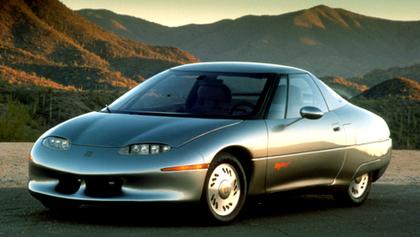
The automotive public and GM leadership was impressed by the viability and the reception of the Impact show car, and in April of 1990, then GM chairman Roger Smith announced they would build the Impact in numbers of up to 25k units a year.
Production
The Impact evolved into the GM EV1 by the time production began in 1996 for the 1997 model year. The production car was a two seat, two door coupe. It was powered by an electric induction motor rated at 137hp and 110lb-ft of torque driving the front wheels. The first gen cars had lead acid batteries and were rated at 78 miles using the 1999 EPA rating procedure (that falls to 55 miles using the updated 2019 rating). Interestingly, the cars were the first ever to wear the GM nameplate, as opposed to one of the brands under the GM umbrella (Chevrolet, Pontiac, etc).
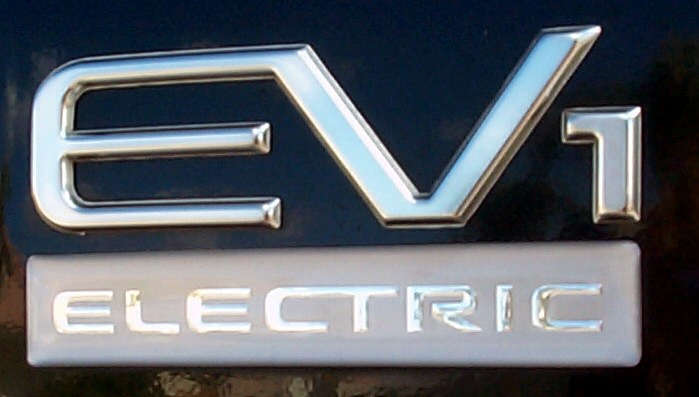
The cars were not actually sold, they were only available as a lease, and only to residents in select cities in Southern California and Arizona (for the first gen. The second gen added San Diego, Sacramento, and Atlanta as available markets). The lease payments ran between $399 and $549 a month depending on options. The EV1’s launch was a massive media event with GM spending $8M on a promotional campaign and holding a launch event where they leased the first 50 cars to celebrities and politicians. Deliveries began December 5th, 1996. In total, first gen production totaled 660 cars.
For the 1999 model year, the EV1 underwent a fairly substantial revision. The second generation car initially came with lead acid batteries with a capacity of 18.7kWh, a slight bump over the first gen battery pack’s 16.3kWh. Later second gen cars received a Nickel Metal Hydride battery pack with a capacity of 26.4kWh that boosted range to 142mi using the 1999 EPA rating.
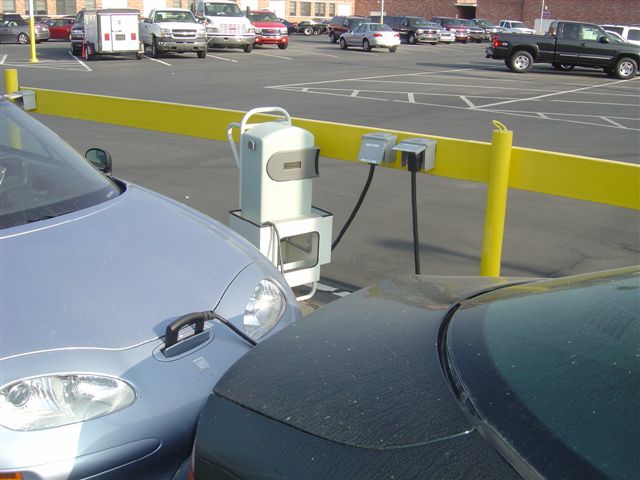
The second gen cars also benefited from extensive weight reduction and efforts to reduce operating noise. GM “Sold” a total of 457 second gen EV1s, bring total production to 1117 total cars.
Styling and Performance
The cars were definitely unique looking. For reasons that will become clear later, there are not a ton of good pictures of these online. I’ve grabbed these from the Wikipedia article. The interior will be very familiar to anyone who was alive and into cars in the mid 1990s.
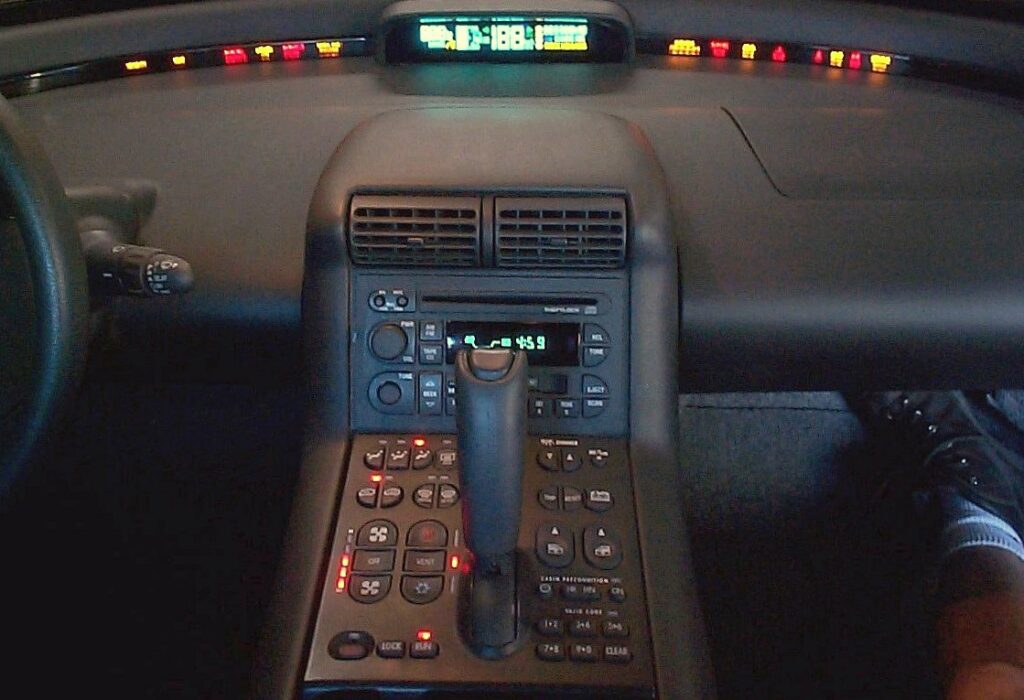
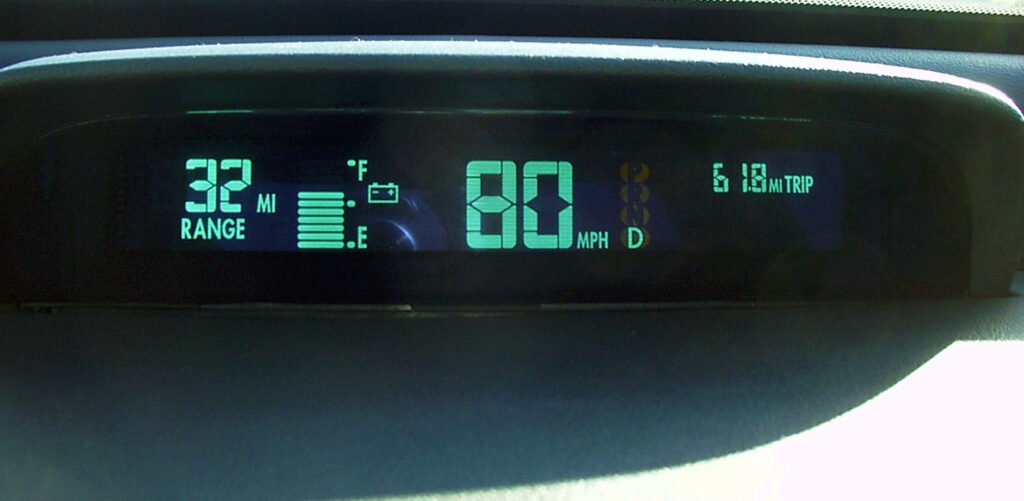
That center console would look right at home in a mid 90’s Cavalier or Camaro. You can absolutely tell it was made by someone with 1990’s GM parts trying to think “Futuristic”. The gauges remind me a LOT of the earlier Prius cluster.
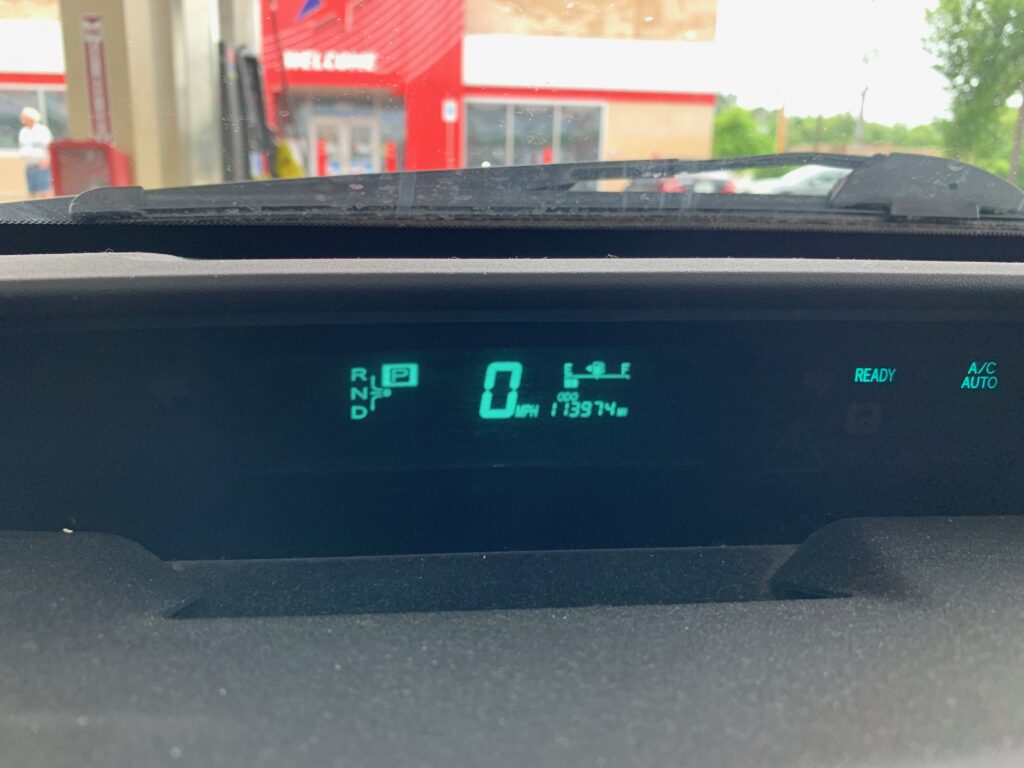
Outside, there are heavy Saturn influences. That makes a lot of sense, considering the cars were sold and serviced through GM’s Saturn division.

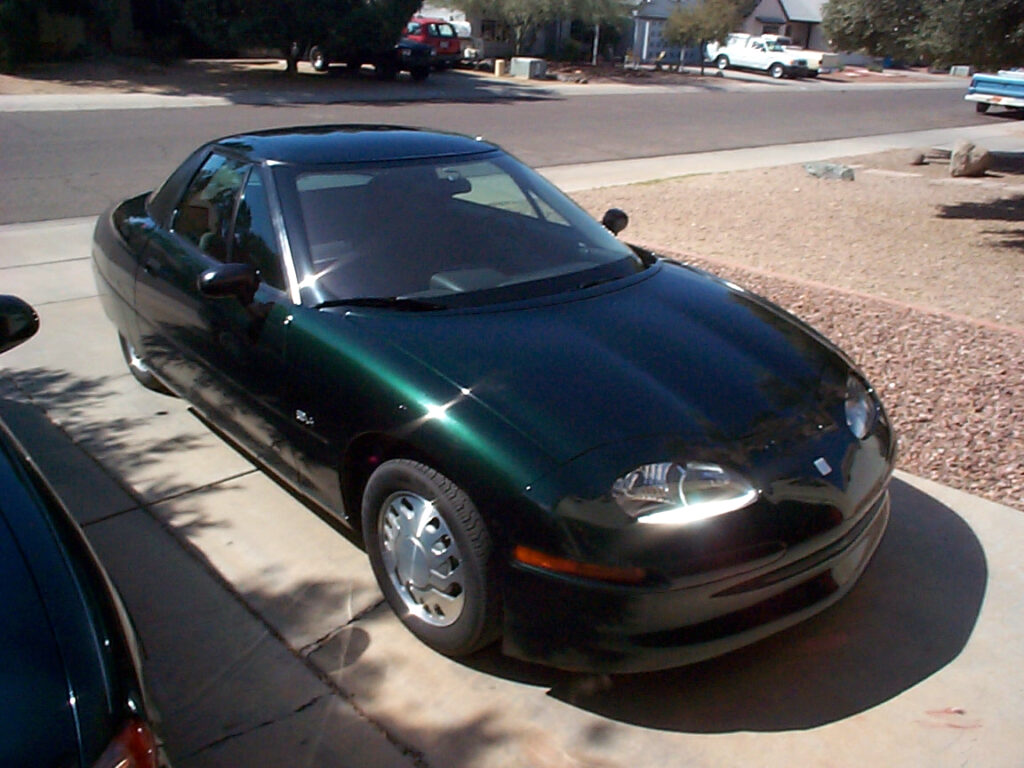
It’s also clear looking at the exterior styling that this was a function over form kind of car. That long extended deck lid that all swoops together like a boat tail was clearly made to get coefficient of drag down to a very impressive 0.19. Also check out those fender skirts over the rear wheels. All of these styling elements are concessions to reducing drag and thus the amount of power required to maintain speed.
I can’t go drive an EV1, again for reasons I will go into in a minute, but I did find some stuff on the internet to give you an idea of how it drives. First off, Car and Driver tested one in their March 1997 issue. They featured it on their website in a “From the archives” article. They measured 0-60 in 8.4 seconds, and a quarter mile of 16.7 seconds at 79mph. Unlike the 183mph Impact, the EV1 was limited to a top speed of 80mph. This might sound slow in 2023, but at the time, that was totally reasonable for a commuter car. It pretty much exactly matches the Chevrolet Cavalier from that era.
They also mention that it had a button on the shifter that would allow you to choose either regenerative braking or coasting, just like most modern EV’s. They also praised its instant torque and quiet operation, which isn’t breaking news to anyone who’s driven a newer EV, but it’s neat to see people’s very first EV reactions. They were (rightfully) critical of its very slow charging time, 4 hours on a “fast charger” and about 12 on 110 home outlet, and its limited range.
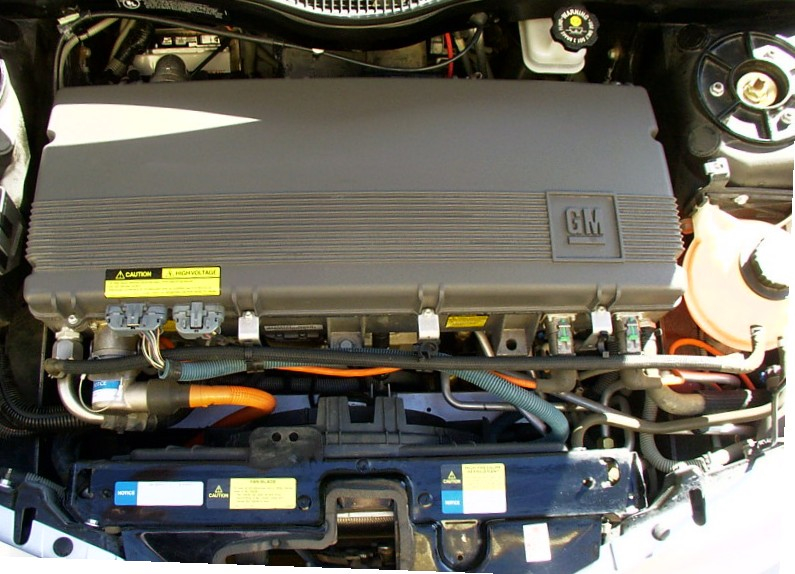
In my research for this article, I found a guy who took some pretty extensive video of his including driving and merging onto the freeway and stuff. It does contain some spoilers as to what happened to the EV1, but it’s totally worth watching. The guy who made the video, Darell Dickey, has embeds disabled, but you can find the video on his YouTube channel.
Cancellation and Controversy
By 2002, GM had produced 1117 EV1’s in total. On February 7th, 2002, GM Advanced Technology Vehicles brand manager Ken Stewart notified lease holders that GM would be removing the cars from the road. In other words, they would not extend the lease and they would not offer an option to purchase the vehicles, they were just taking them all back.
In 2003, the EV1 program was officially cancelled. There would be no “EV2”, they were just shutting the program down, citing the inability to make electric cars financially viable. Taking all the cars back was part of this plan. If there were no owners of the EV1, there would be no requirement to maintain parts and service for the vehicle.
In November of 2003, GM began to take the cars back from the lease holders. Some of the cars (reportedly around 40) were deactivated so they were no longer functional, and sent to museums and colleges.
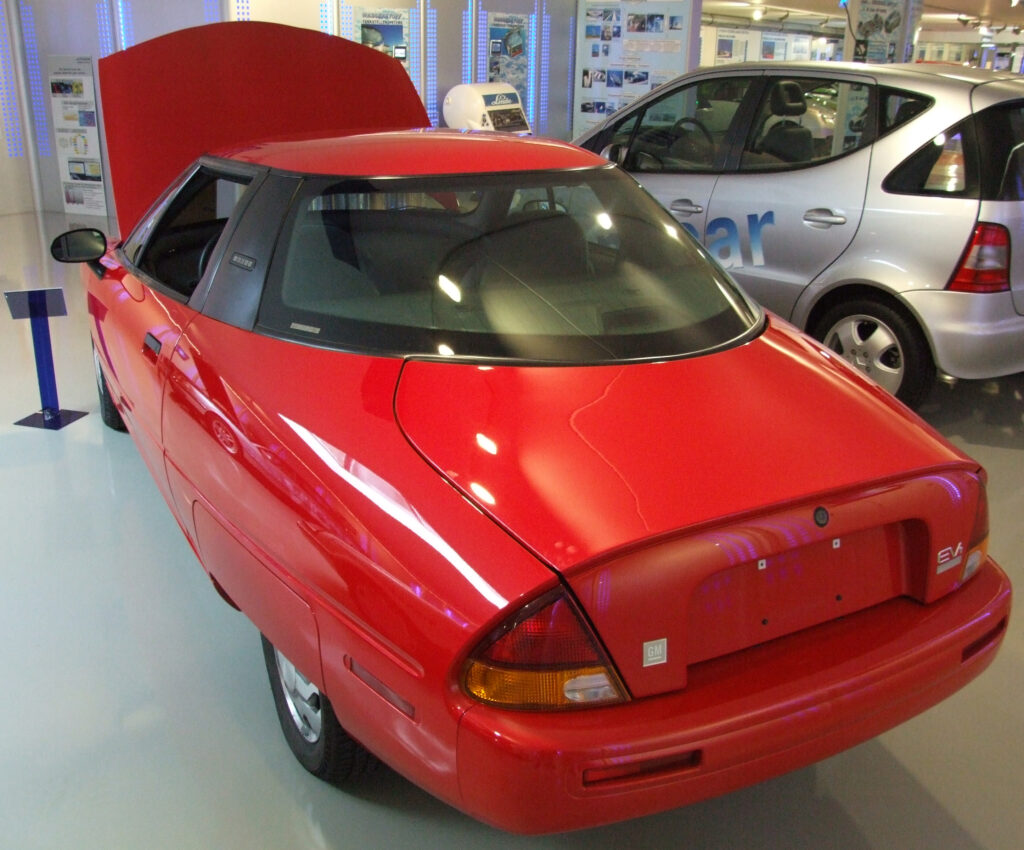
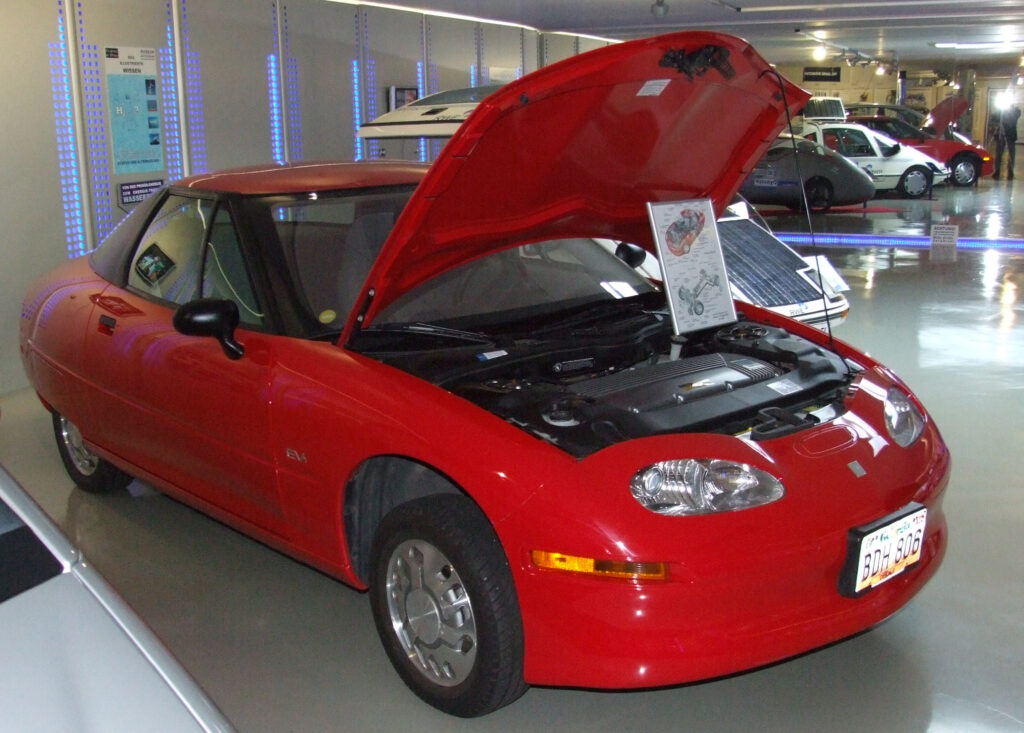
But the majority were simply crushed.
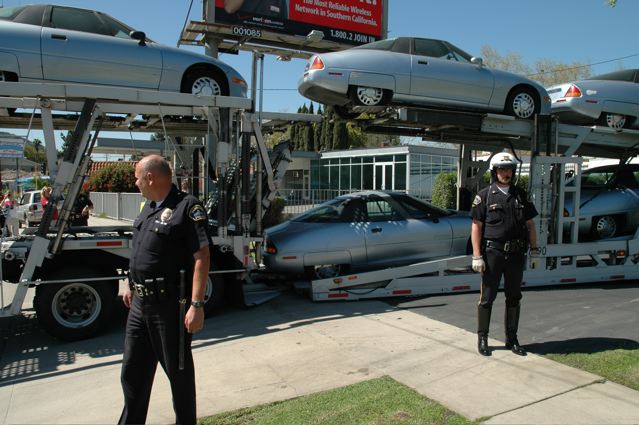


So why did GM make the first modern electric car, then kill it, seemingly for no reason? It seems like a very bizarre business decision. In an alternate timeline, GM could have led the charge for EV’s in America, making tons of money in the process and providing a path away from foreign energy (not to mention in that timeline, we might not have to hear about the latest stupid thing Elon Musk said on a daily basis). So why did they bail on EV’s?
That a good question. So good, in fact, that there’s a feature length film about it. 2006’s “Who Killed the Electric Car” centers on the EV1 and why it was unceremoniously removed from the market and nearly all examples destroyed.
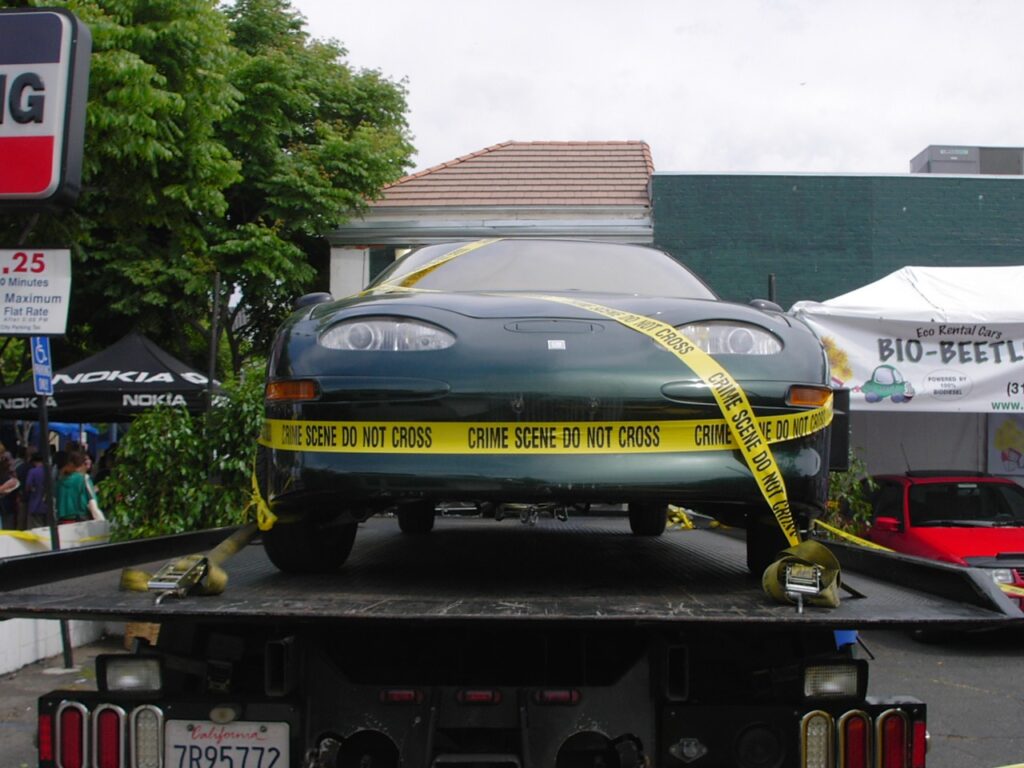
GM itself said that while the EV1 had some very devoted fans, there just weren’t enough of them to make the car financially viable. They basically cite the lack of battery advances as the reason the program was canned. Not everyone buys this story.
One leading theory is that GM sabotaged the electric car program. Why would they do that? Well first off there’s regulation. When GM decided that the EV1 was viable and they were going to actually build a full electric consumer car, the California Air Resources Board, widely referred to as CARB, responded by requiring a percentage of all car sales in California be comprised of zero emissions vehicles. The required percentage would slowly go up over time. One theory is that GM sacrificed their electric vehicle program in order to be able to point to its failure as a reason CARB’s requirements were not feasible.
I’m sure the reality of the situation is probably a mix of all of the above. I’m sure it was hard to make electric cars attractive and profitable using late 90’s technology. I’m also sure GM will more than willing to sacrifice its weird little science project in order to protect the bread and butter of its brand, and in the early 2000’s, that was light trucks and SUVs.
Whatever the case, I’m sure GM also wishes it had kept the program going. Imagine GM doing hybrids and battery electric decades earlier than they did. It would have pushed all other automakers to follow suit and probably sped of the adoption of EV’s. Being the leader in EVs would have paid off in spades, but hindsight is 20/20.
Further Reading
First, lots of the information and photos for this article comes from the wikipedia article on the EV1.
It didn’t contain a lot of information that was relevant for this article, but I really enjoyed this Car and Driver story about the engineering effort behind it.
Also, as I mentioned above, there’s a whole ass movie about this debacle.
Sig’s Pick!
So, I’m trying to not fill this website with annoying ads, but it would be nice if it generated enough money to at least pay for the hosting. So every week I’m going to pick something I’m really enjoying and put it at the end of the article via an affiliate link. I figure this is a pretty unobtrusive way to generate a small amount of money, and it gives me a place to talk about all the neat things I find.
For my very first pick, a garage light! I’ve seen something like this at a bunch of places, it’s a light that has a bunch of different LEDs on a bunch of movable panels. I finally picked up a Onffo branded one on Amazon. I really need to replace my light fixture in my garage for something that is better suited for lights like this, but I’m already really happy with it. You can adjust the flaps on it to cast light in different directions, it screws into a regular light bulb base, and it puts out a TON of light.


Okay, I think that about wraps it for my very first post. I hope you guys enjoyed it!
-Mikel Sigler
